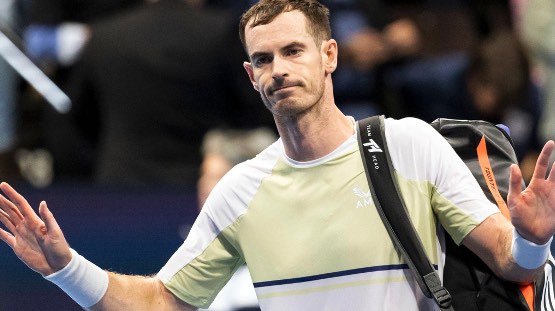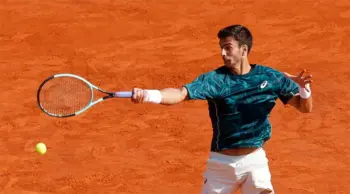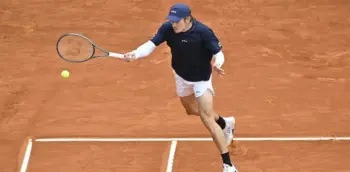Andy Murray, the British tennis legend and once indomitable force in the tennis world, has recently found himself grappling with a string of disappointments.
Andy Murray: Where to Next for the British Tennis Legend?
Despite a career adorned with an incredible 46 titles and reaching the number one ranking globally, the Brit’s journey has hit a roadblock of late and has raised questions about his future in the sport.
At the ongoing ATP Rolex Paris Masters, Murray’s encounter with Alex de Minaur clearly indicated his struggles in recent times. The fiery match, where Murray’s emotions erupted on the court, painted a clear picture of a player who seemingly is no longer relishing the game. His recent matches have also revealed a concerning drop in the mental toughness that defined his earlier years. The most recent collapse against De Minaur, marked by a string of unforced errors and emotional outbursts, raises questions about the veteran’s ability to handle pressure-packed situations. Following the match, Murray openly admitted his lack of enjoyment on the court. But, for a player of his stature, boasting a legacy built on grit and fight, this perhaps hints at a deeper issue.
The tennis world, accustomed to witnessing Murray’s tenacity, now wonders about the future of this British legend. As he navigates the labyrinth of struggles, only time will reveal whether he can rediscover the joy and form that once defined his brilliant career, and the looming decision about playing for Great Britain at the Davis Cup adds another layer of uncertainty.
Murray’s fantastic career
To understand the current conundrum, it’s worth revisiting some of Murray’s illustrious career highlights. Born in Dunblane, Scotland, in 1987, Murray emerged as a tennis prodigy. Influenced by his mother, Judy, and older brother, Jamie, Murray’s competitive spirit ignited at an early age. His journey to the big stage included pivotal moments at the Sanchez-Casal Academy in Barcelona. In contrast, his early success, including a triumph at the US Open in 2004, marked the transition to the professional tour in 2005. The central turning point in Murray’s career came in 2012, culminating in a gold medal at the London Olympics, followed by a historic US Open victory. However, lower back surgery in 2013 disrupted Murray’s momentum, and post-surgery brought additional injury issues.
Murray’s physicality, a longstanding key aspect of his game, now faces limitations, with his struggles to garner points from serve and the tendency to retreat behind the baseline highlighting his setbacks. Fast forward to the present, and Murray is facing many on-court challenges while a string of losses on the ATP circuit, emotional outbursts, and, most recently, public admission of not enjoying the game anymore paint a gloomy picture. Indeed, the once unshakeable resolve seems to waver, and Murray is at a crossroads.















